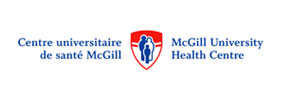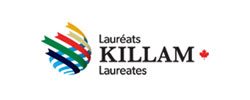Killam Seminar Series: Finding Your Way in the Dark: Electric Fish Learn Spatial Maps and Mice Learn Cognitive Maps

Grâce à la générosité des fiducies Killam, Le Neuro convoque lors d’une série de séminaires des conférenciers d’exception dont les travaux passionnent ses chercheurs et ceux de l’Université McGill.
Pour assister en personne, inscrivez-vous ici
Pour regarder via Vimeo, cliquez ici
Leonard Maler
Professeur, Département de médecine cellulaire et moléculaire, Institut de recherche sur le cerveau et l’esprit, Université d'Ottawa.
Hôte: stuart.trenholm [at] mcgill.ca (Stuart Trenholm)
Abstract: Weakly electric fish can find food in the dark using only their short-range electric sense. There are two mechanisms required for such spatial learning: (a) pattern separation for landmark discrimination and (b) path integration of self-motion signals for learning trajectories. The fish use active sensing motions to identify landmarks. The fish used only self-motion signals to rapidly learn efficient trajectories between each landmark and prey. We found that active sensing and self-motion signals were also essential for mice learning the location of food hidden in one of 100 holes within an open maze. The mice did not require any visual landmarks to find food and could find food in the dark. Given a stable start site, they needed only self-motion cues and hole checks (active sensing) to learn near optimal trajectories to food. Initial trajectories were random as were the hole checks. Learning resulted in the mice following a Target Estimation Vector (TEV) that closely approximated the direct home to food vector, and hole checks became restricted and accumulated only around the food site. The mice could successively learn trajectories to two food holes. On a last probe trial, food was omitted from both food locations. Remarkably, after finding no food at the second food location, the mice took a novel shortcut and ran nearly directly to the first food location; this location had last been visited 4 days previously. Shortcutting is a key requirement for a “cognitive map” and this is the first evidence that mice can learn a cognitive map using only self-motion cues. I will directly connect the TEVs and hole check accumulation at the reward site to the properties of hippocampal (CA1) place cells of rodents that have learned the location of a hidden food site.






